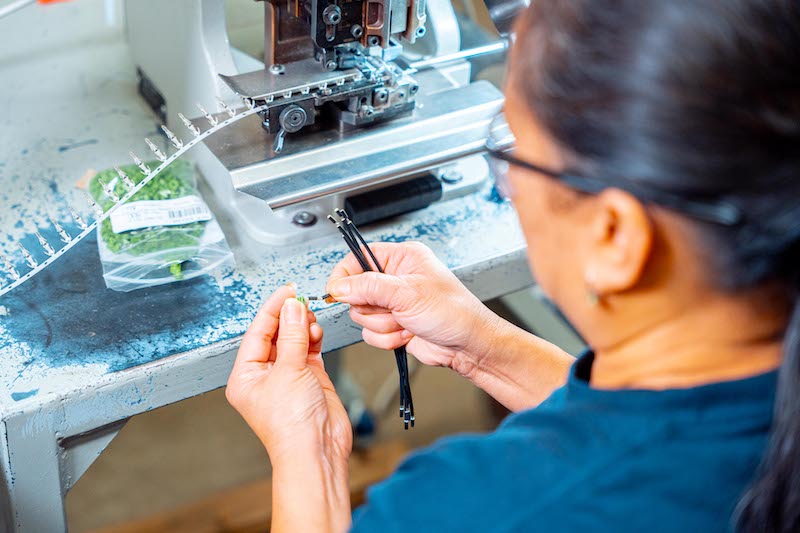Rich Bodensteiner and Chris Shimek, owners of Elektro Assemblies, embraced entrepreneurship long before their involvement in the business. In a recent conversation, Rich and Chris told their story and provided some great insight into the changing face of automation and how that is influenced by shifts in harness demand from OEMs.
Elektro Assemblies is located in the upper Mississippi River Valley in the city of Red Wing, MN, and has been in business since 1973. They have just over 30 employees and operate in a 37,000 square-foot facility. They are certified to UL 508A, ISO 9001:2015, and build to WHMA/IPC 620 quality standards. The company had a strong history with assemblies for the food service industry, and that’s how Rich and Chris entered the story. They are longtime friends and were business partners long before purchasing Elektro Assemblies.
In 2005, Elektro Assemblies became a supplier to their food service equipment business. “We got to know them pretty well,” Rich informed, “and when we found out they wanted to sell out in 2008, we purchased it as a vertical integration. We were their largest customer, but they had a few others.”
They folded Elektro’s harness production into their own facility and started making wire harnesses, cable assemblies, and control panels. “From there, we just started to grow,” Rich recalled. “We got more and more requests, and demand grew in the seven-state area of the Midwest. We’ve grown from a single wire capability up to large, complex harnesses and control boxes.” Rich and Chris actually divested from the food equipment company in 2020. “We still own a handful of other companies here, but this is our fastest-growing and has become our core business.”
Although they started predominantly in the food equipment space, Elektro Assemblies now covers the medical, heavy equipment, robotics, marine, military, and power generation markets. But the markets they serve all coalesce around one theme. “We’re not focused on one market,” Rich revealed. “Early on, we focused on the ability to turn products quickly and be very flexible. We deal with a lot of volatile and sporadic demand, and some of that is with seasonal equipment.”
Elektro Assemblies’s customers tend to change their designs frequently and often require quick-turn prototypes. “If we need to change something or add something, we do it very quickly and easily. That’s kind of our niche and why they love us and why our customer retention is so high,” Rich remarked. Chris summed it up succinctly, saying, “We enjoy absorbing other people’s headaches because that’s opportunity for us.”
The team spoke specifically about the systems they have set up to exploit these opportunities. “Our change order system is solid,” Rich implored. “We can easily manage revision levels, deviations, print changes, and red lines, and our work order system mirrors that. It’s able to keep up with those changes, and we communicate those quickly, accurately, and consistently to ensure those changes hit the floor. Our planning systems, our work order system, and our engineering change order systems are all geared for that.” Chris added, “If the OEM has a harness running here, and they make a design change to their product, we can usually get it into production quicker than they can change the equipment on their end.”
Like most harness shops, Elektro Assemblies doesn’t design anything. Well, not ‘purposely’ anyway, according to Rich. “That’s a whole different business. We are just here to turn and burn people’s products and relieve their headaches. That said, we do have a lot of process engineering capability in-house. We have some technical experts who can deal with engineers at the OEMs to make sure that we understand and are properly processing their prints and their parts.”
Rich and Chris have made it a point to foster technical expertise since they took over the business. “We have grown really good assemblers and taught them to be first-article technicians. They may not be full-fledged engineers, but they’ve been with us long enough doing that kind of work, and they start understanding it to the point where they become subject matter experts,” Rich revealed.
Most of the first contacts Elektro Assemblies gets are for quotes, and they have taken great strides to boost efforts there. Their front line is well adept at looking at a harness print, putting a bill of materials together, estimating the labor, and getting the customer a quote in a timely fashion. “We have a good MRP system so we can quickly look at our supply base and get our material cost. Then it’s just a matter of working with engineering and the shop floor to apply labor. We’ve built some quoting tools using algorithms along with some spreadsheets and other templates to help facilitate the speed of quote turnaround,” Chris detailed.
Another headache Elektro Assemblies has been able to alleviate for customers is helping them better use their own resources. “A lot of times, customers are coming to us based on labor needs. They’ve got skilled labor, and they’re building six- or seven-figure pieces of equipment, but they’ve got these valuable people in the corner putting wires together. So we can free up labor for them by allowing us to be an extension of their shop. And they can take their skilled labor and focus on their core competency.”
The discussion shifted to some of the obstacles that Elektro Assemblies faces. “I think we’ve got a lot of the same challenges as most people do. We’ve got a lot of technical knowledge locked up in individuals, and we have to make sure our teams are all communicating at a high-level. The labor market is difficult, and everybody is having to pay more to get the same or even less than what you got five years ago.”
Chris recalled how effectively Elektro Assemblies worked through the supply chain woes from two years ago, but he admits enduring challenges remain. “Since then, managing material flow and keeping up with demand has been more difficult. Everyone wants smaller lots, more frequent runs, and quicker delivery time, and our supply chain has to flex with that.”
Both he and Rich see a reshaping of design thinking at the OEM level. It has changed the way they think about their business as a supplier. In the past, they saw business going offshore once they supplied prototype and first-run quantities. “Ten or fifteen years ago, there was a lot of business going offshore, but now more and more equipment is being built onshore. They’re not building in mass. Equipment is built by application to line up with specific product configurations. That variability doesn’t lend itself to high-volume, repetitive purchases, so by default, a lot of that business is coming home,” Rich instructed. “We see more unique, specific volumes configured to the market versus the old purchasing of a bunch of containers that the OEM will use for the next three years.”
The subject turned to automation, and Rich and Chris revealed their trend in thinking on that subject that directly relates to demand variability. “It’s not the automation you would’ve thought about ten years ago,” Chris explained. “Automation in the past meant bringing things through end-to-end at high volumes for repetitive designs. Now, the automation we’re looking at is flexibility within the equipment and how to cover a wide range of capabilities with quick and seamless changeovers. We’re not trying to move the same widget through ten different process steps efficiently. What we’re trying to do is take 100 different widgets, take one process step, and do that very effectively and efficiently 100 times on different parts. Today, you’re looking for flexible automation and equipment that’s got a wider array of capability. Ideally, you can move through those capabilities very quickly and seamlessly. That’s where you’re getting the efficiency gains, not from just moving a large amount of material.”
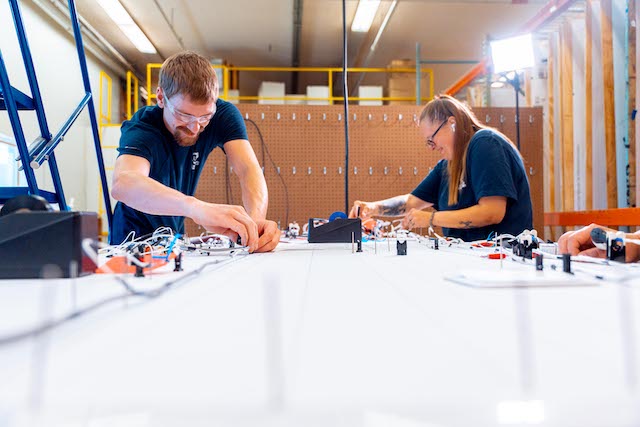
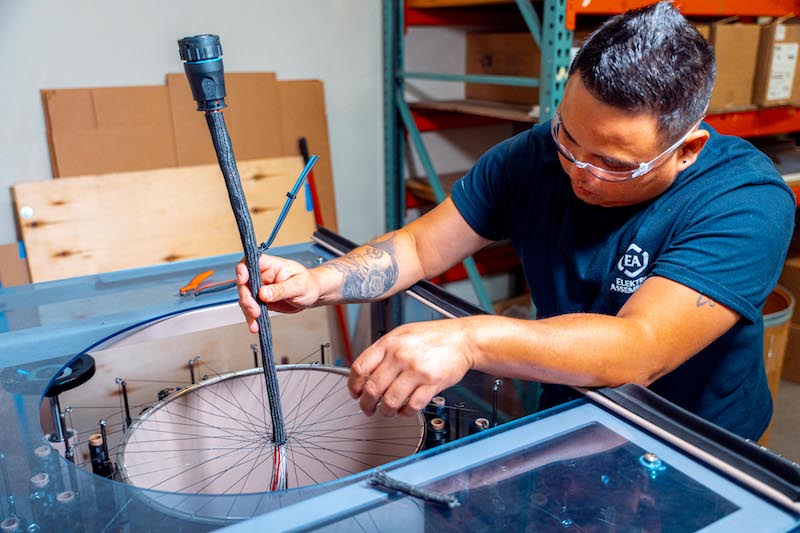
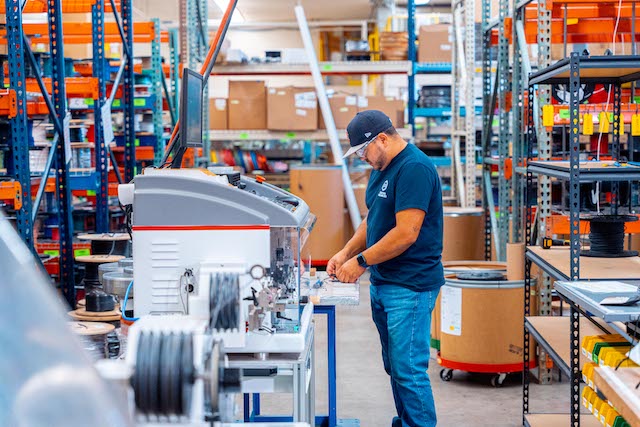
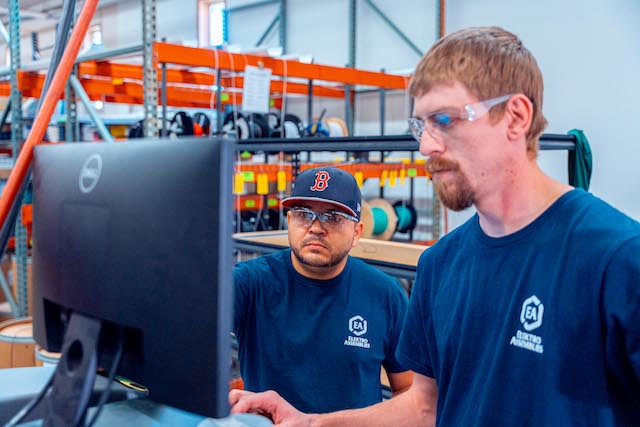
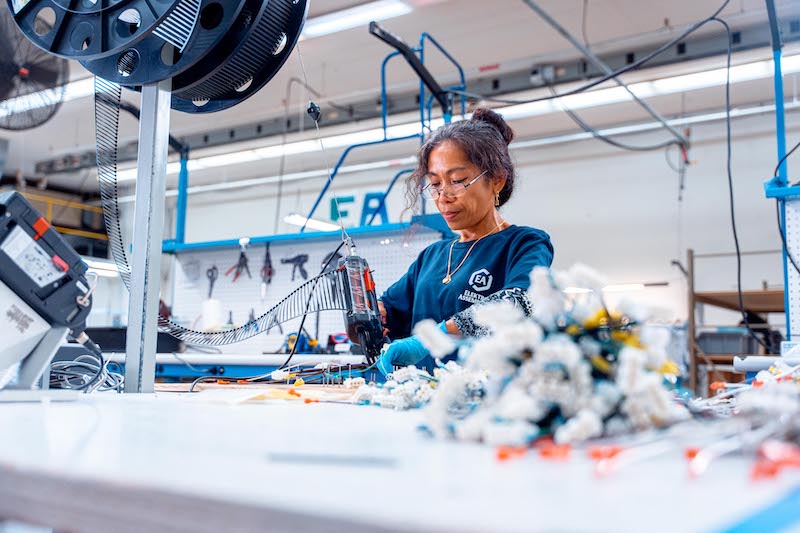
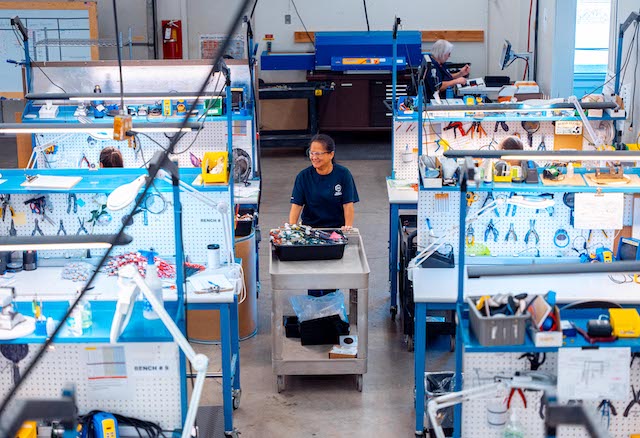
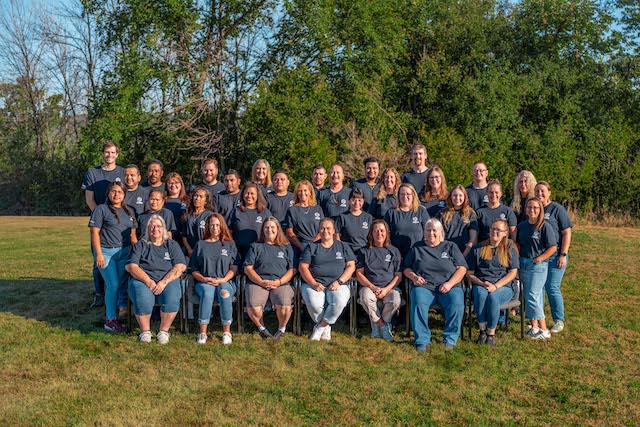
Elektro Assemblies has migrated from a conventional salesforce go-to-market strategy and pivoted towards the development of technical experts. “We used to use sales reps and inside sales,” Rich said. “We still staff sales positions, but they are much more sales technicians dealing directly with customers.” The company has fostered a small marketing department devoted mostly to funneling in new opportunities through digital efforts. “We have had to re-gear our thinking and leverage the internet because we can touch more customers faster, more efficiently, and much more effectively,” Chris reported.
This setup has allowed Elektro Assemblies to develop strong lines of communication with their customers. “Purchasing is a thankless job,” Rich exclaimed. “They have many headaches, so we want to communicate with them daily to find out what they need and don’t need. We don’t just let an order go in the system and sit there. We talk to them constantly about that order, the status of that order, and hopefully the next one. When they have a change order, they know it’s typically painful to their supply base. But we take that as good news because that’s where we shine.” Rich and Chris are convinced that this strategy has a lot of new customers knocking on their door through word of mouth.
Operating a business that thrives on turning on a dime is not happenstance. It’s in Chris and Rich’s DNA. “I think that’s the reason we ended up with Elektro Assemblies. Rich and I are very entrepreneurial, and we grew up in very entrepreneurial environments. It was an opportunistic vertical integration play that led us to Elektro Assemblies, but we’ve found it to be a business that works well with customers who are entrepreneurial. These are folks who are pushing the edge and trying things that might be a little bit out of the norm. Those are a good fit for us because we can relate to them. They might be a little bit nebulous and visionary, but that’s where we live, and we can deal with that.”
As for the future, both owners think they will continue to be a significant market player within the seven-state Midwest area and beyond. Rich summed it up, saying, “Some may say the market is shrinking, but that’s the opposite of what we are seeing. We’ve invested in capital equipment and new technologies. We enjoy the challenges of this industry. If there’s a puzzle that needs solved, that’s the fun part for us.





















































